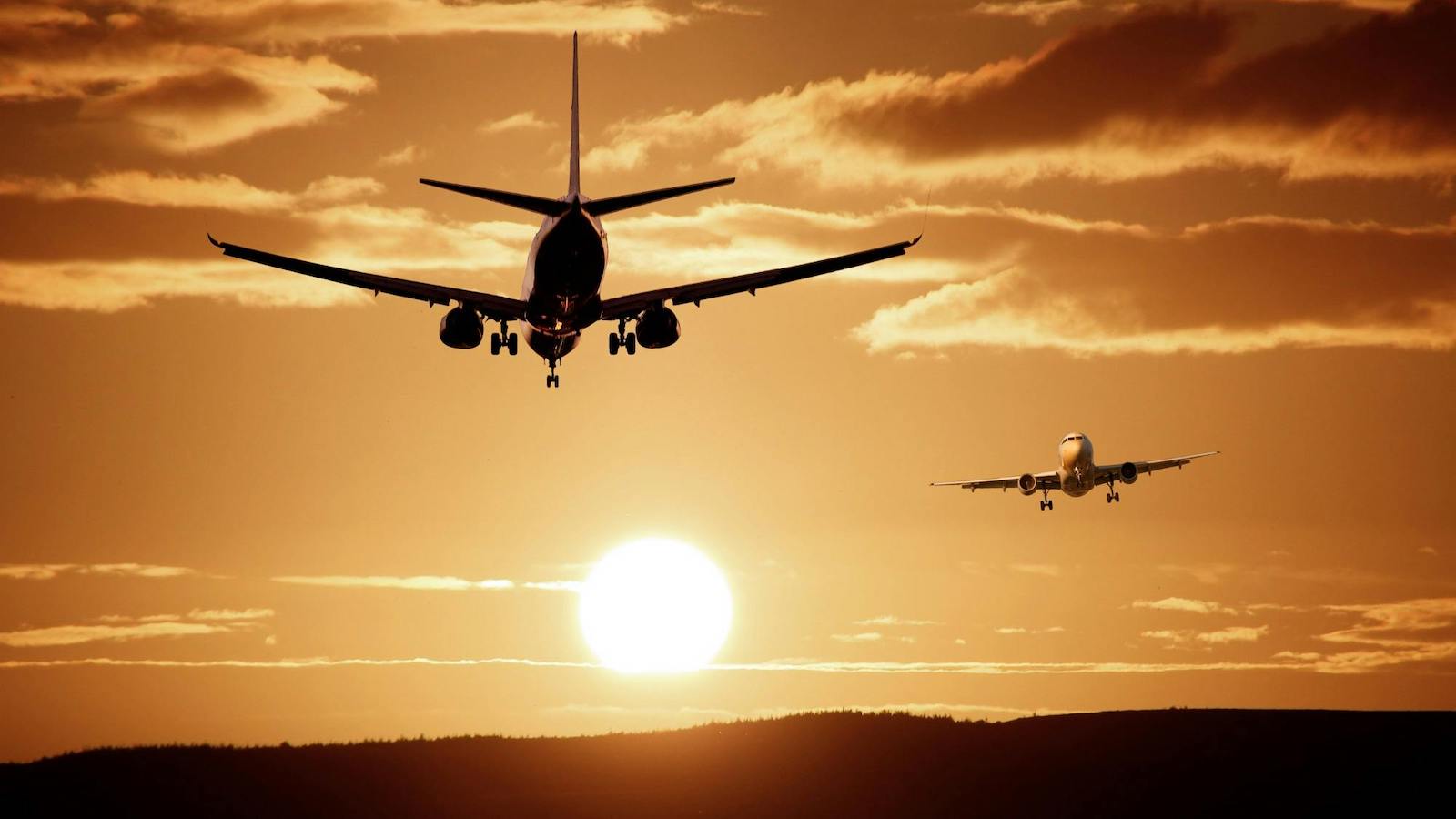COVID-19, the energy crisis, Russia’s war - to say that the aviation industry, and its insurers, have had to face significant challenges in recent years is an understatement. However, aviation has rebounded well, with several 2023 parameters showing “best ever" safety results. This year, the volume of global air passengers is expected to hit an all-time high (up 10% year-on-year), driven by Asia-Pacific and North America.
While the general outlook for the industry is positive, there are still lots of challenges to tackle.
Global insurer Allianz Commercial just released a new risk report, Aviation Risk, Claims and Insurance Outlook. The report reveals that the aviation sector produces some of the highest-value and high-profile claims across the corporate insurance sector around the world. Analysis of more than 32,000 industry claims from 2019 - 2024 with a total value of $15 billion (€14 billion) shows that collision or crash incidents (63%) and faulty workmanship or defective products (22%) are accountable for 85% of the value. Other incidents, such as natural catastrophes (4%), machinery breakdown (3%) and fire (1%), account for a much smaller proportion of claims by value.
See also: 5 Ways Drones Are Changing Insurance Claims
Soaring repair costs and lack of mechanics are an increasing issue
There has been a significant increase in aircraft repair costs in recent years, driven by higher labor rates and the cost of aircraft parts, among other factors, such as inflation. The shift to next-generation aircraft continues to affect claims, especially when it comes to engine disassembly and repair costs.
Furthermore, a growing shortage of aircraft mechanics may affect future claims activity. It may take longer to complete repairs if vendors lack manpower or efficiency. More less-experienced mechanics on the line could mean they do not have the ability to repair a part, meaning it will need to be replaced with a new one, which typically is more costly. An obvious concern is the shortfall ultimately could lead to an accident, despite the systems of checks and balances in place in the industry.
SAF and eVTOL aircraft take off, but compliance is the main lever to reach net-zero targets
Aviation contributes around 2% of global emissions and is focused on sustainability, pledging to reach net-zero by 2050. The lack of a silver bullet solution for decarbonization should not take away from the exciting developments underway.
Sustainable aviation fuel (SAF) continues to attract a lot of attention, with mandatory targets starting to be implemented. Improvements on existing technology continue to advance apace, as do innovations. The market for eco-friendly electric vertical takeoff and landing (eVTOL) aircraft, which can transport passengers or cargo, is set to grow significantly – the first insurance coverages for operational uses are likely to be placed this year.
One unheralded development that could force as much additional accountability as any technological advancement is the development and subsequent implications of the European Union’s Corporate Sustainability Reporting Directive (CSRD) and similar regulations worldwide. They require companies to disclose comprehensive information on their environmental, social and governance (ESG) performance and impact.
To read the full report, please visit https://commercial.allianz.com/news-and-insights/reports/aviation-trends.html







